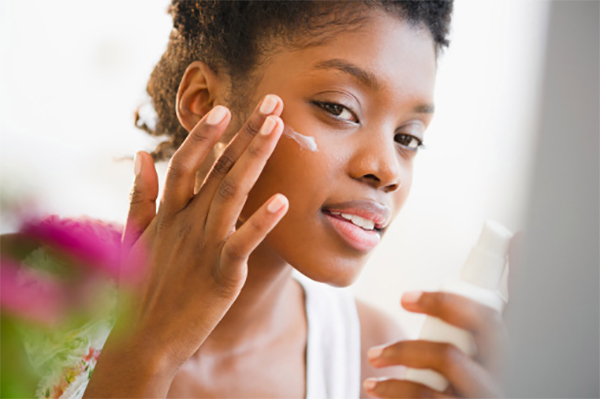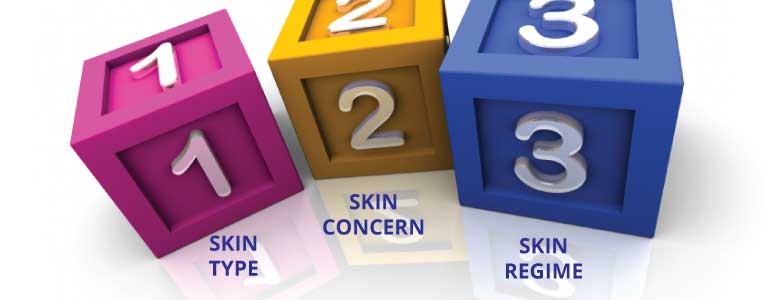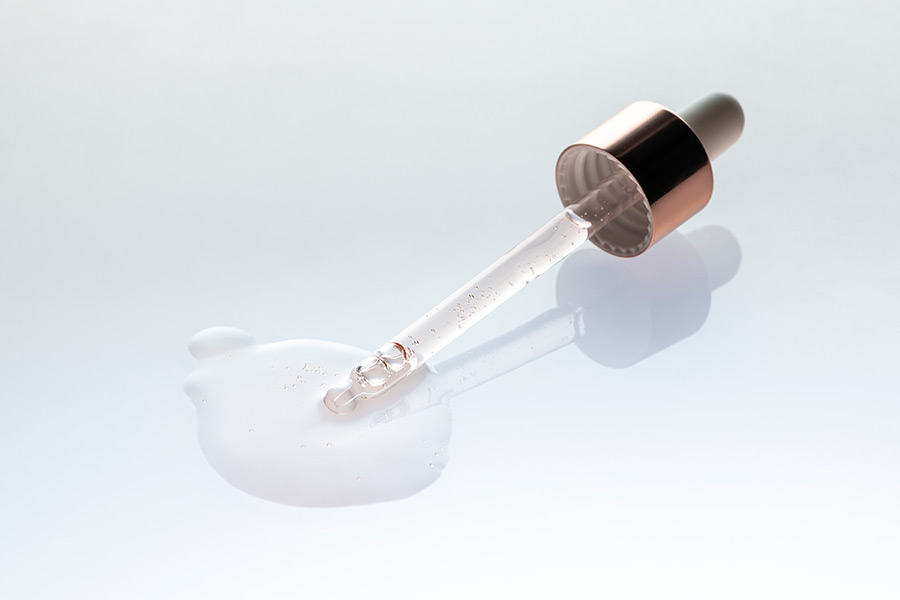Find the Correct Skin Care Products for Your Age, Skin Type and Skin Concern
One of the questions my patients ask fairly often is:
“How do I choose a skin care product or skin care ingredients for my skin?” “Who do I believe and does price matter?”
And I agree:
“It can be confusing considering the large number of skin care brands available on the market today”
This is a helpful guide in finding how to pick the best skin care products, ingredients and brand for your skin concern, age and skin type
If we do a Google search for ‘skin care products’ or ‘best skin care product’ or best anti-ageing skin care’ or ‘how to choose skincare products’ etc. one will find millions of hits for each category. Furthermore according to Google almost half of us have no idea which ingredient or brand we should choose when looking for skincare products
Very simply the confusion comes from numerous claims by skincare brands so what do we believe and what do we leave behind and it also comes from consumers not fully understanding their specific skin type and skin concerns
How To Pick the Best Skin Care Products
Dr Alek Nikolic’s Step By Step Approach:
Step 1: Determine Your Skin Type
“Skin care is firstly determined by our skin types and this should be the very first thing we get 100% correct as all the rest will follow on this important step.”
Don’t worry it is a lot simpler than you think and you do not need a professional skin care therapist, or a cosmetic doctor, or a dermatologist to find out this bit of vital information
Step 1: Dr Alek Nikolic’s Skin Type Test
There are basically five skin types: normal, dry, oily, combination and sensitive
To determine your type, use a simple test with a clean facial tissue (or paper) to wipe your face in the morning, when you have just woken up:
Normal Skin: If you skin belongs to a normal type, the tissue will not reveal any traces of oil. Your skin should feel vibrant, elastic, and supple. Normal skin is the least problematic type and unfortunately very few of us have this type of skin. It looks clean and smooth and has a good circulation and healthy complexion. Even with a minimum care, it will look good well into your advanced age.
Dry Skin: If your skin is dry, the paper will be clean, too, but your face skin will feel flaky, dry, and tight after you have wiped it. Dry skin can easily develop a sallow tone, wrinkles, and fine pores, and it is very prone to ageing and irritation or sensitivity. It might still look great on a young person, but, to keep it healthy, you should apply thorough care and use regular skin or beauty treatment with natural masks and moisturisers.
Oily Skin: If you have oily skin, the paper will have spots of facial oil on it, corresponding to the areas of your cheeks, nose, and forehead. Oily skin is problematic – it usually looks greasy, thick, coarse, and shiny, has enlarged pores, and tends to break into acne.
A good thing, though, is that oily skin is not prone much to ageing and wrinkling. Careful cleaning, minimising of carbohydrate consumption, and avoiding rich creams can be helpful in improving the quality of oily skin.
Combination Skin: If you skin is combination, like that of most of us, the tissue will have traces of oil coming from your nose and forehead, but will be clean in the areas that touched your cheeks. Combination skin has patches of both dry and oily skin, and it requires different types of care in relation to particular facial areas. Dry zones which are usually located on the cheeks and around the eyes should be treated with rich creams and moisturisers while oily areas usually on the forehead and nose will benefit from a twice daily effective cleanser.
Sensitive Skin: Sensitive skin is usually very dry, tends to feel tight, and becomes inflamed and irritated easily. Typically, sensitive skin develops reddish and scaly areas, can be itchy and tingly, and is prone to breaking into spots. It is the most problematic and fragile type of skin, which needs a very special type of care.
Step 2: Choose Your Skin Concerns
There are a number of skin concerns you may have including pigmentation, acne, fine lines and wrinkles, textured or rough skin, excessive pores, etc. and luckily for us for each of these concerns skin care brands have included specific ingredients to treat them and to suite our specific skin type
“We have tried to make the choice of a skincare product for a specific skin condition as simple and as easy as possible by adding a very effective filter system on SkinMiles.com”
The product filter system allows you to enter your skin type (such as combination skin) and once the page has loaded you can choose a specific skin concern (such as pigmentation). This will display all the SkinCeuticals products that are available for these two categories: combination skin with pigmentation: see here. To make it even easier our filter system also allows you to choose a specific product type for your skin categories such as cleansers, targeted treatments, moisturisers, sunscreens, etc
Here is an example of what the filter system displays NeoStrata cleansers for combination skin with pigmentation: Recommended Products
If however you would like to do your own research and not rely on technology I have compiled informative skin concern references that will help you in deciding which product is best for you. So choose from the list below your main skin concerns and check the helpful guide to steer you in the right direction:
- Quick Reference Guide for Dry and Dehydrated Skin
- Quick Reference Guide for Acne Sufferers
- Quick Reference Guide for Fine Lines and Wrinkles
- Quick Reference Guide for Pigmentation
- Quick Reference Guide for Textured Skin
- Quick Reference Guide for Whiteheads
Step 3: Choose Your Skin Care Regime
This simple, step-by-step routine covers the basic types of products everyone should use and the order in which to use them every day. These steps apply regardless of your skin type. I have divided the skin care regime into two types: Primary or Basic skincare regime and what I call the Next Step or Advanced skincare regime. The Primary regime is for those that are younger or do not want to spend too much time or effort with their skincare plan and the Next Step regime are for those who would like to maximise the benefits that topical skincare products can achieve
Primary Routine: MORNING 
FOR ALL SKIN TYPES
Primary Routine: EVENING
Learn why exfoliation is so important and which exfoliant to use
‘Next Step’ Routine
The Next Step Routine is for those people concerned with specifically with signs of aging, sensitivity, pigmentation or breakouts. It includes targeted treatments that build on the footing of the Primary Routine to treat specific skincare concerns such as acne, red marks, wrinkles, sun damage, brown spots, or rosacea
If your skin is dry, or oily, or a combination type then following the primary skin care regime is adequate. If however you have dry skin with wrinkles or oily skin with pigmentation and/or wrinkles then one will achieve better results by adding additional ingredients as recommended in the Next Step Routine
The Next Step Routine includes a gentle toner and a targeted treatment to specifically tackle extra skin concerns to achieve best results from your skin care regime
Next Step Routine: MORNING
- Cleanser
- Toner
- Exfoliant
- Treatment (serum)
- Moisturiser w/ sunscreen
- Optional: Targeted treatment (applied as needed before sunscreen)
Next Step Routine: EVENING
- Cleanser
- Toner
- Exfoliant
- Treatment (serum)
- Moisturiser
- Optional: Targeted treatment, as needed, applied before or after your treatment product
Price:
“So in a nutshell a product does not have to be expensive to be effective and vice versa”
Yes it is true that premium ingredients in a skin care product do not come cheap but we pride ourselves in providing the very best ingredients backed by intensive scientific research and evidence based treatment results in all of our skin care products and to suit every budget.
Final Words:
“Ultimately the best approach to choosing the correct skin care products with ingredients specific for your skin type and skin concern will be through a face to face skin consultation either with a professional skin therapist, a cosmetic medical practitioner or a dermatologist. We have created something almost as good with a free online skin consultation called Face2Face that allows you to answer some basic questions and upload a photo of your skin that comes directly to Dr Alek Nikolic’s personal email. From this he can give you skincare product recommendations to suite your skin needs so give it a try”
The three simple steps I have listed above if followed and with the help of our skin care product filter system or with the Face2Face Online Skin Consultation will allow anyone to get the best skin care advice and skincare products on SkinMiles.com
I hope the above has been helpful and will limit the confusion that exists when choosing the right product for you and your skin.
Kind regards
Need More Info?
- Further Reading & Recommended In Depth Articles:
- For More Skincare Advice:
- Take Our Skin Assessment: see immediate recommendations for your skin type and/or skin concern
- Take Dr Alek Nikolic’s Face2Face Skin Consultation: get personal recommendations for your skin from Dr Alek
- Read Skin Care According To Your Age
- Product Recommendations:
- Treating Normal Skin: Follow Link
- Treating Dry Skin: Follow Link
- Treating Oily Skin:Follow Link
- Treating Combination Skin:Follow Link
- Treating Sensitive Skin:Follow Link
The aesthetic industry has developed at an increased pace over the past twenty years including the increased use of botulinum toxins and dermal fillers; but this also includes the techniques used to attain youthful and healthy skin and as a result treatment outcomes for skin concerns have also improved. We are now able to access a wide range of treatments that perhaps were not once readily available.
An area of industry that has progressed substantially over this period is that of cosmeceuticals or dermatologist or doctor prescribed skin care products. One might say that with the rise of botulinum toxin, men and women have become better educated when it comes to skin care, and indeed, the cosmeceutical market plays a big role in this need for skin protection from both environmental damage and ageing processes.






